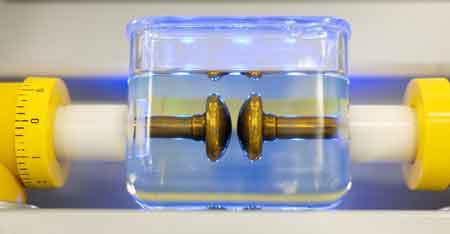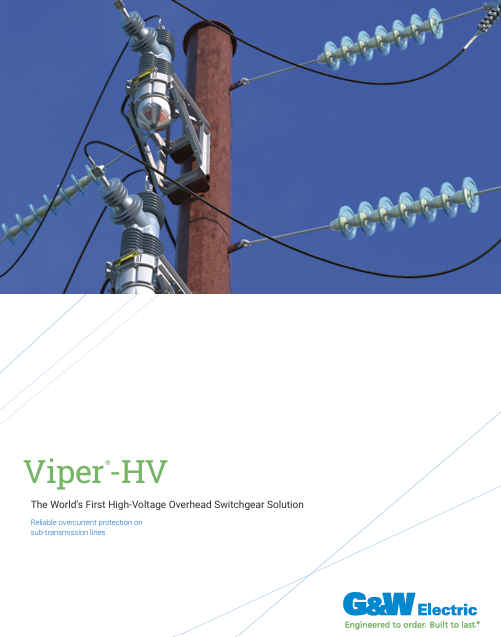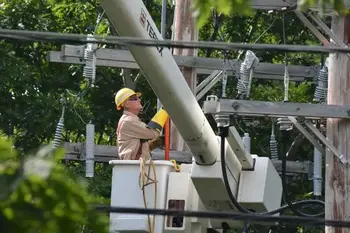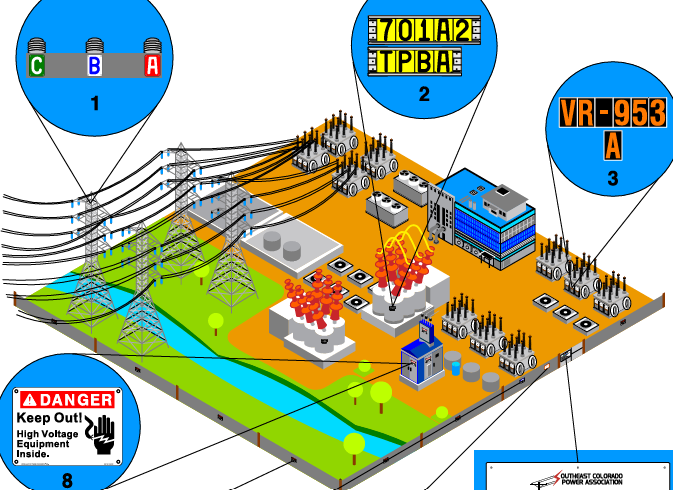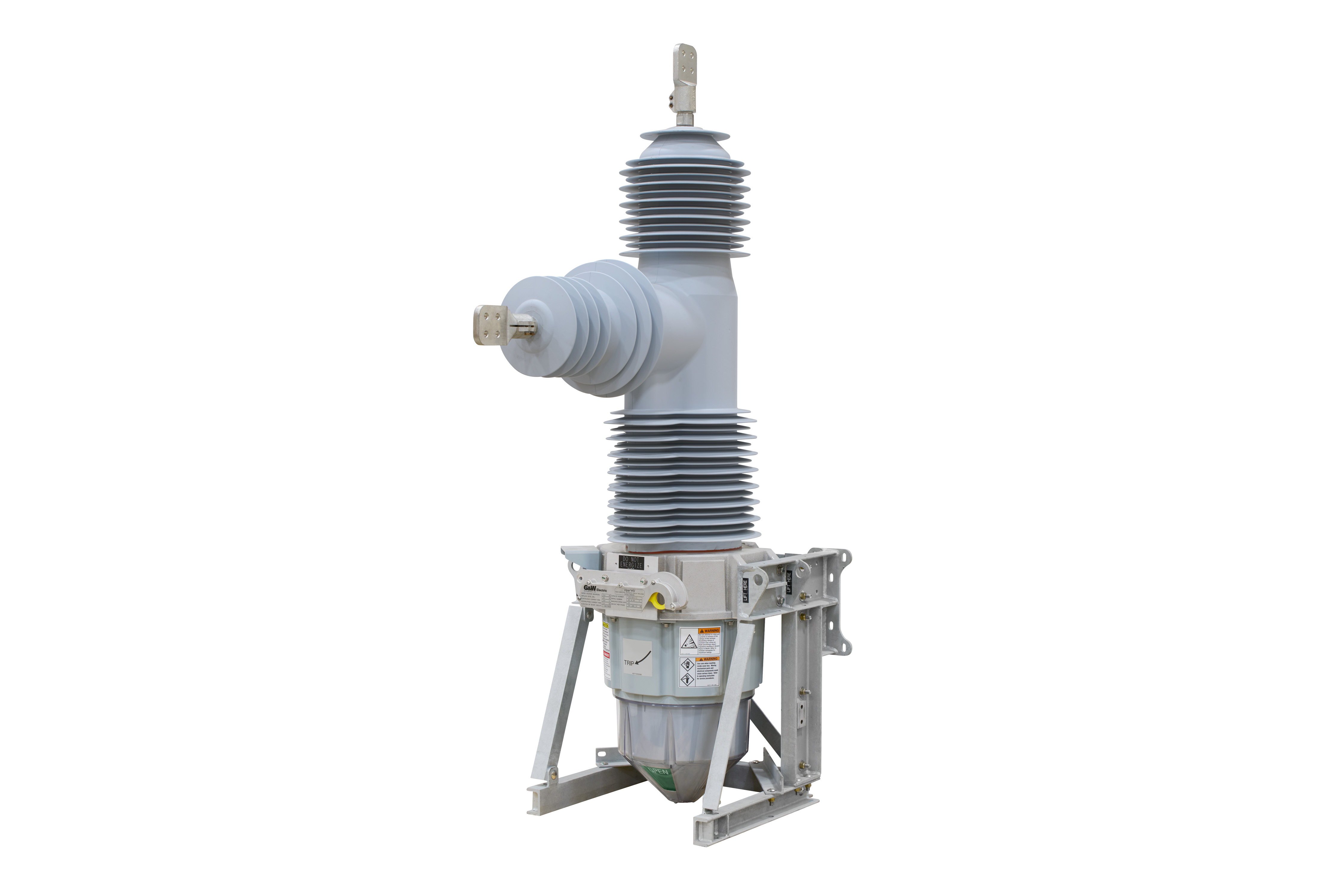What is Transient Voltage?
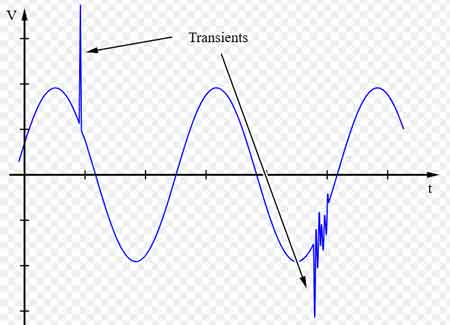
Grounding and Bonding and The NEC - Section 250
Our customized live online or in‑person group training can be delivered to your staff at your location.
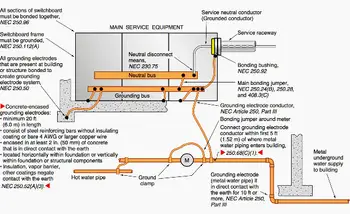
- Live Online
- 12 hours Instructor-led
- Group Training Available
Download Our OSHA FS3529 Fact Sheet – Lockout/Tagout Safety Procedures
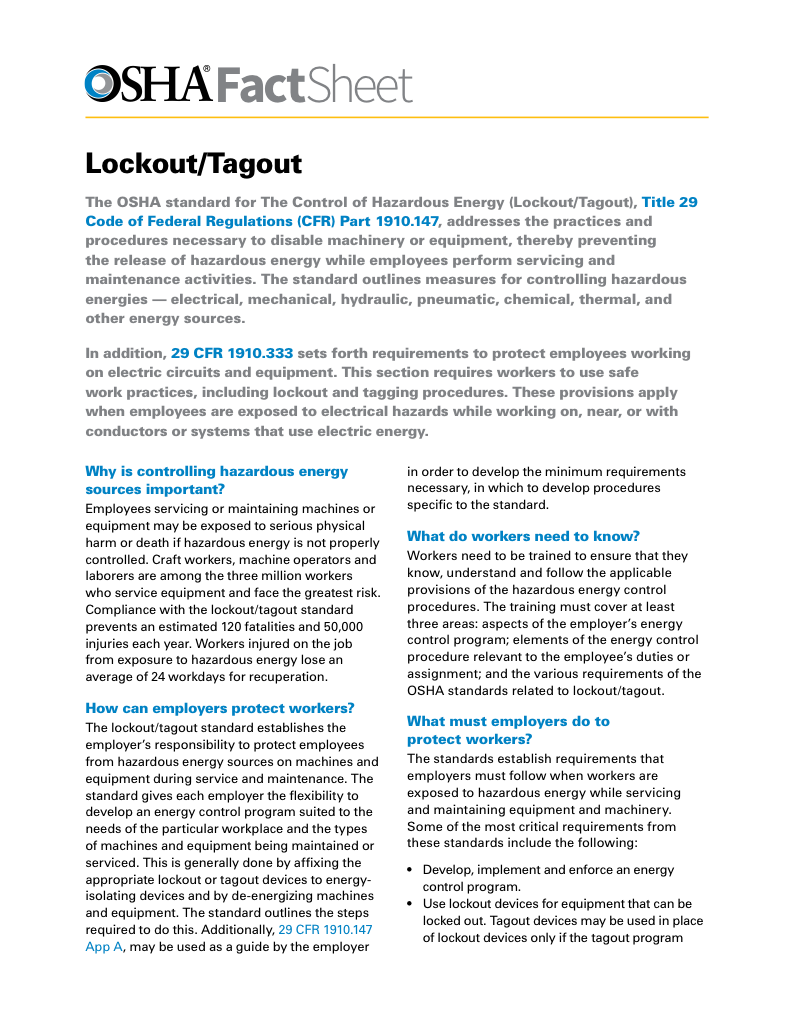
- Learn how to disable machines and isolate energy sources safely
- Follow OSHA guidelines for developing energy control programs
- Protect workers with proper lockout devices and annual inspections
Transient voltage is a short surge in power systems from lightning, switching, or faults. It can damage equipment and cause downtime. Understand impulsive vs oscillatory transients and how surge protection devices reduce risk and maintain reliability.
Power Quality Analysis Training
Request a Free Power Quality Training Quotation
What is transient voltage?
Transient voltage refers to sudden, short-term surges or spikes in electrical potential that can disrupt the normal flow of power within electrical systems.
-
✅ A short-duration surge in voltage that exceeds normal operating levels
-
✅ Commonly caused by lightning strikes, switching events, or electrical faults
-
✅ Can damage equipment, disrupt operations, and degrade insulation over time
-
✅ Comes in two types: impulsive (sudden spikes) and oscillatory (rapid fluctuations)
Why does it matter for electrical engineering and maintenance professionals?
These unpredictable fluctuations can result from various sources, including lightning strikes, switching operations, and electrostatic discharge. For those working in electrical engineering and maintenance, understanding it is essential for maintaining power distribution systems' reliability, safety, and efficiency. These surges can degrade electrical and electronic equipment without proper mitigation, lead to costly repairs, and jeopardize operational continuity.
Causes of Transient Voltage
One of the most common sources of transient voltage is lightning strikes. When lightning strikes near power lines or other electrical infrastructure, the sudden and intense energy release can induce a surge in the connected electrical circuit. This energy spike travels through power distribution networks, affecting homes, businesses, and industrial facilities. Protective devices like surge protectors are essential to shield equipment from these surges, ensuring power quality and minimizing downtime. Switching operations within electrical systems can also act as another source of transients. For instance, when large inductive loads, such as motors or transformers, are switched on or off, they produce sudden changes in current flow, which in turn creates spikes. Circuit breakers are vital in managing these fluctuations by interrupting current flow and preventing damage to connected devices.
Sign Up for Electricity Forum’s Power Quality Newsletter
Stay informed with our FREE Power Quality Newsletter — get the latest news, breakthrough technologies, and expert insights, delivered straight to your inbox.
Electrostatic discharge (ESD) is another well-known cause. When two objects with differing electrical charges come into contact, a sudden flow of electricity occurs, leading to a brief but intense spike. This is a critical concern in environments with sensitive electrical and electronic equipment, such as semiconductor manufacturing facilities or data centers. While ESD might seem insignificant compared to large-scale electrical events like lightning strikes, it can still severely impact power supplies and the performance of intricate electronic circuits. To mitigate the effects of ESD, facilities often employ protective devices like grounding systems and anti-static measures.
Types of Transient Voltage: Impulsive vs Oscillatory
Transient voltages are commonly categorized into two types: impulsive transients and oscillatory transients. Each has distinct characteristics and implications for power quality and equipment protection.
-
Impulsive Transients are sudden, unidirectional spikes in voltage—either positive or negative—typically caused by external events such as lightning strikes, utility faults, or electrostatic discharge. These surges often have extremely short durations (microseconds) but very high amplitudes, making them capable of damaging sensitive electronic components instantly. The waveform is typically steep and non-repetitive.
-
Conversely, oscillatory transitions are characterized by rapid voltage fluctuations that swing above and below the nominal voltage in a damped oscillation. These usually occur due to internal switching actions within a power system, like capacitor bank energization, transformer switching, or motor start/stop cycles. Although they have lower peak voltages than impulsive transients, their repetitive nature and high frequency (kHz to MHz range) can disrupt normal equipment operation and degrade insulation over time.
Understanding the type of transient is crucial for selecting the appropriate mitigation strategy.
How Surge Protection Devices Work
Surge protection devices (SPDs) are engineered to detect and suppress transient voltages before they can harm electrical systems. They do this by providing a low-impedance path to redirect excess energy safely to ground. The two most common technologies used in SPDs include:
-
Metal Oxide Varistors (MOVs): These components remain non-conductive during normal voltage conditions but become conductive during high-voltage transients. MOVs clamp the voltage by absorbing and diverting the surge current. They're widely used due to their cost-effectiveness and fast response time.
-
Transient Voltage Suppression (TVS) Diodes: TVS diodes are solid-state devices that react extremely quickly to transient voltage spikes—typically within a picosecond range. They are commonly used in sensitive electronic equipment for precise protection and minimal leakage current.
-
Gas Discharge Tubes (GDTs) and Silicon Avalanche Diodes (SADs) are also used in high-performance or hybrid protection schemes, where layered defense is required against both high-energy and high-frequency transients.
By matching the protection technology to the expected transient type and energy level, electrical systems can be better safeguarded against both immediate damage and long-term degradation.
Effects of Transient Voltage
The effects of transient voltage on electrical and electronic equipment can be devastating. Spikes caused by short circuits, switching surges, or power line disturbances can lead to immediate or cumulative damage to sensitive components. For instance, a surge can degrade the internal insulation of a device, ultimately causing a breakdown of the component. Over time, these recurring spikes can reduce the lifespan of electronic devices and disrupt power supplies, leading to costly replacements and repairs. Equipment downtime can also interrupt critical operations, affecting business continuity and operational efficiency.
Electricity Today T&D Magazine Subscribe for FREE

- Timely insights from industry experts
- Practical solutions T&D engineers
- Free access to every issue
Protection Against Transient Voltage
The use of protective devices is crucial to safeguard electrical systems. Surge protection devices (SPDs) are among the most effective tools in combating transient voltage. They work by redirecting excess V to the ground, thereby maintaining the stability of the electrical circuit. For industrial settings with extensive power distribution networks, surge suppression is achieved through a combination of SPDs, grounding systems, and insulation coordination. Proper selection of these protective devices depends on the nature of the system, the potential frequency of spikes, and the sensitivity of the connected equipment. Additionally, devices such as V stabilizers help maintain power quality, ensuring that equipment receives a consistent power supply.
Measurement and Monitoring of Transient Voltage
Measuring and monitoring is essential for detecting anomalies before they cause severe damage. Various tools and instruments are employed for this purpose, including oscilloscopes, transient recorders, and high-frequency analyzers. By monitoring transient activity in electrical circuits, technicians can identify patterns and pinpoint common sources of disturbances. This proactive approach allows for timely intervention, reducing the likelihood of equipment failure. Many modern electrical systems now incorporate real-time monitoring and diagnostics to detect surges, short circuits, and fluctuations caused by switching operations.
Standards and Regulations for Transient Voltage
Standards and regulations governing transient voltage are established to ensure the safety and performance of electrical and electronic equipment. Regulatory bodies such as the Institute of Electrical and Electronics Engineers (IEEE) and the International Electrotechnical Commission (IEC) have established guidelines for managing it within power distribution networks. Compliance with these standards is vital for manufacturers, especially when designing products that must withstand high-frequency transients. By adhering to these standards, industries can enhance the reliability and durability of their products, ensuring they meet global safety requirements.
Frequently Asked Questions
What is the difference between surge and transient voltage (V)?
A surge and a transient voltage are both short-duration increases in V, but they differ in origin, magnitude, and duration. A surge is a larger, more prolonged increase in V, typically lasting from a few milliseconds to several seconds. It is usually caused by external events like lightning strikes or switching of large electrical loads. On the other hand, it is a much shorter, high-frequency spike in V that lasts from microseconds to milliseconds. They are often caused by internal events like capacitor switching, electrical motor startups, or switching of inductive loads within a system.
What causes transient overvoltage?
Transient overvoltage is caused by sudden changes in the electrical circuit, often due to switching operations, inductive load disconnections, or the release of stored energy in inductive components like motors, transformers, and solenoids. Other causes include lightning strikes, electrostatic discharge (ESD), and utility grid disturbances. When an inductive load is switched off, the collapsing magnetic field releases energy, creating a V spike. Similarly, capacitive discharge during switching can lead to brief spikes.
What is the purpose of a transient voltage suppressor?
The purpose of a transient voltage suppressor (TVS) is to protect sensitive electronic devices and electrical equipment from transient overvoltages. A TVS device quickly responds to sudden spikes by clamping the excess V to a safe level, thereby preventing damage to connected components. TVS devices are commonly used in electronic circuits, power supplies, and telecommunication systems where transient voltages could degrade or destroy semiconductors, microcontrollers, and other delicate components. TVS devices act as a buffer, absorbing the excess energy and diverting it away from the protected equipment.
Transient voltage is a sudden surge in electrical potential that can arise from common sources such as lightning strikes, electrostatic discharge, and switching operations. The effects on electrical and electronic equipment can be significant, resulting in degradation, failure, and downtime. Protective devices like surge protectors and circuit breakers are essential for safeguarding equipment from these sudden spikes. Measuring and monitoring transient V ensures the early detection of anomalies, while adherence to international standards promotes the design of robust and reliable equipment. By taking proactive measures, industries can maintain power quality and ensure the longevity of their electrical systems.
Related Articles






